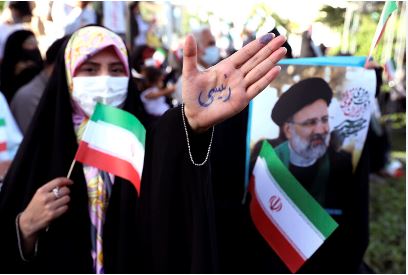Iran’s 2024 Presidential Election: Impact of Youth Divisions from 2022 Protests

In the lead-up to Iran’s 2024 presidential election, a generational divide among young voters is reshaping the political landscape, influenced significantly by the protests that erupted across the country in 2022. These protests, sparked by economic hardships and demands for political reform, have left a lasting impact on Iran’s political discourse.
Young Iranians, who make up a significant portion of the electorate, are approaching the upcoming election with a sense of urgency and determination shaped by their experiences during the protests. Many view the election as a pivotal moment to voice their aspirations for change and to hold candidates accountable for addressing issues that matter most to them: economic opportunity, civil liberties, and transparency in governance.
Unlike previous elections, where disillusionment and apathy often overshadowed youth participation, the aftermath of the 2022 protests has galvanized a new wave of politically engaged young voters. Social media and digital platforms have become powerful tools for organizing and mobilizing this demographic, enabling them to amplify their voices and influence the political agenda.
Candidates vying for the presidency are keenly aware of this demographic shift and are tailoring their campaigns to resonate with young voters. While some candidates promise continuity and stability, others are advocating bold reforms and systemic changes in response to the demands voiced during the protests. The election thus unfolds as a battleground of ideas and visions for the country’s future, with the youth vote poised to play a decisive role in determining the outcome.
As Iran prepares for the election, the interplay between the legacy of the 2022 protests and the evolving political dynamics underscores a nation at a crossroads, where the aspirations of its youthful population converge with the challenges and opportunities of a changing political landscape.
